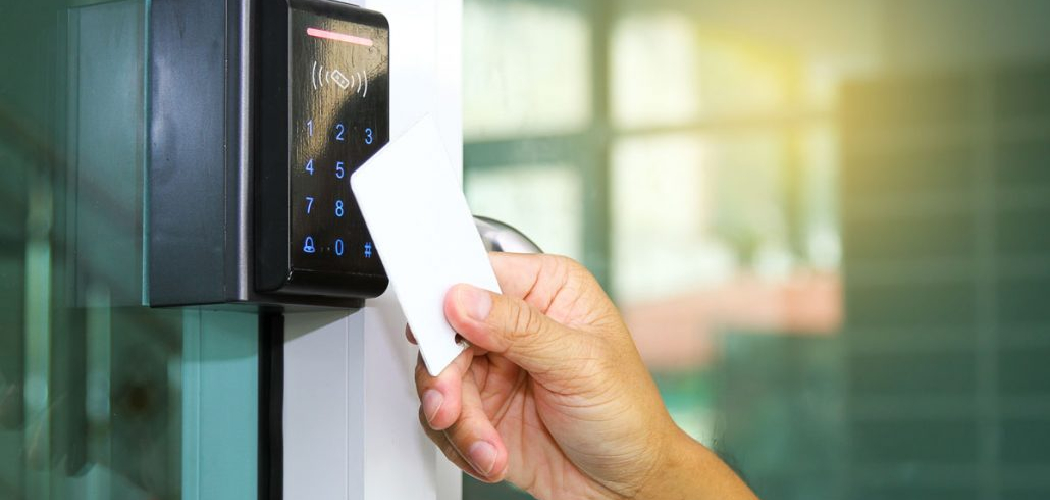Digital keys, which allow you to unlock your car, home, or office using just your smartphone, are rapidly shifting from a futuristic concept to a practical reality. The convenience is undeniable—no more fumbling for physical keys or worrying about losing them. However, with this new technology comes a new set of security considerations. As our phones become the central hub for our most sensitive information and access, understanding the risks is just as important as enjoying the benefits.
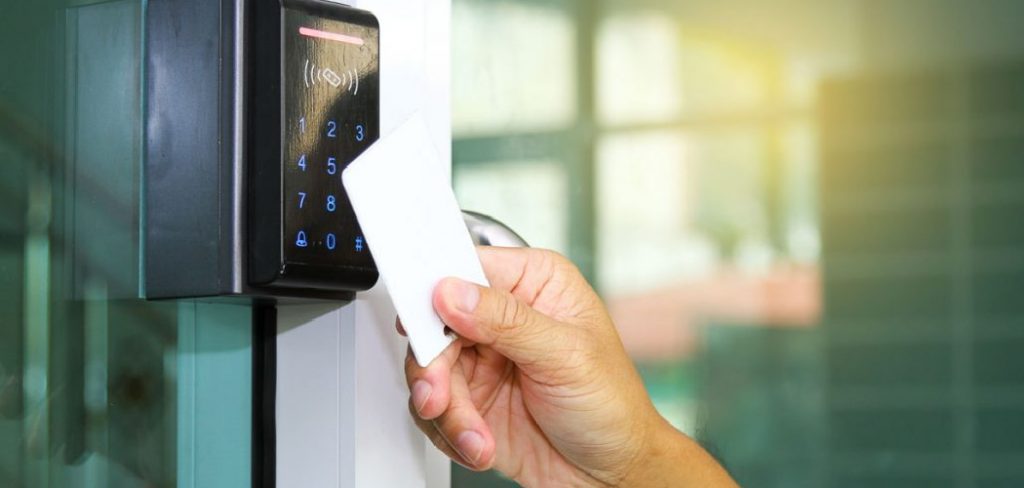
Learning how to use a digital key safely is essential to protect yourself from potential digital threats. It’s not just about downloading an app; it’s about adopting a series of smart habits and security practices. This guide is designed to walk you through the key steps to ensure that your transition to digital keys is both seamless and secure, giving you peace of mind while you embrace this innovative technology.
Why Safe Digital Key Use is a Critical Concern
As digital keys become more common for cars and smart homes, understanding their security is vital. Your smartphone holds the access to your most valuable assets, making it a prime target for thieves. Unlike a physical key that needs to be physically stolen, a digital key can be compromised remotely if proper precautions are not taken. Learning how to manage this technology safely protects you from unauthorized access, digital theft, and privacy breaches, ensuring that the convenience of keyless entry doesn’t come at the cost of your security.
7 Step-by-Step Guide: How to Use a Digital Key Safely
Step 1: Use Strong Smartphone Security
The first line of defense for your digital key is the security of your smartphone itself. Always enable a strong passcode, PIN, or biometric authentication method like a fingerprint or facial recognition. A simple, easily guessable password makes your phone—and therefore your digital keys—vulnerable. Think of your phone’s lock screen as the front door to your digital life. Strengthening it with complex authentication methods is the most fundamental step you can take to ensure secure access and prevent unauthorized users from getting anywhere near your key management apps if your phone is lost or stolen.
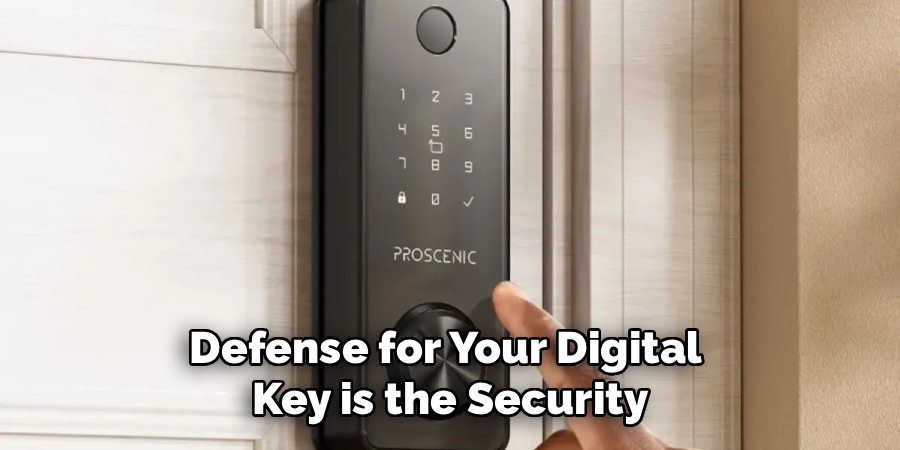
Step 2: Enable Multi-Factor Authentication (MFA)
Beyond your phone’s lock screen, the app that manages your digital key should also be secured. Whenever possible, enable multi-factor authentication (MFA) within the app itself. This adds a second layer of security, requiring not just something you know (like a password) but also something you have (like a code sent to your email) or something you are (like a fingerprint). This process makes it significantly harder for an unauthorized individual to access your digital key, even if they manage to get past your phone’s initial lock screen. It’s a crucial practice for robust mobile security.
Step 3: Keep Your Software and Apps Updated
Software updates from your phone’s manufacturer and app developers often contain critical security patches that protect you from the latest digital threats. Hackers are constantly looking for vulnerabilities in older software versions. By regularly updating your phone’s operating system and your digital key app, you ensure that you have the most current protections against malware, viruses, and other exploits. Set your devices to update automatically whenever possible. This simple habit is a core part of effective key management and is essential to the process of how to use a digital key safely.
Step 4: Be Cautious on Public Wi-Fi Networks
Public Wi-Fi networks, like those found in coffee shops, airports, and hotels, are notoriously insecure. Cybercriminals can use these unsecured networks to intercept the data transmitted between your phone and the internet, a technique known as a “man-in-the-middle” attack. Avoid using your digital key app or accessing any sensitive information while connected to public Wi-Fi. If you must use such a network, use a reputable Virtual Private Network (VPN) to encrypt your internet traffic. This creates a secure, private tunnel for your data, protecting your secure access credentials from prying eyes.

Step 5: Understand How to Remotely Revoke Access
Before you ever need it, familiarize yourself with the process for remotely disabling or revoking your digital key. If your phone is lost or stolen, you need to be able to act quickly to prevent your car or home from being compromised. Most digital key systems offer a web portal or a customer service number that allows you to immediately deactivate a key associated with a specific device. Knowing this procedure in advance will save you critical time and stress in an emergency situation. This is a vital step in learning how to use a digital key safely.
Step 6: Be Selective When Sharing Digital Keys
One of the great features of digital keys is the ability to easily share temporary or restricted access with others, like a family member, a dog walker, or a service technician. However, only share keys with individuals you trust completely. When you do share a key, use the app’s features to set specific limitations. For example, grant access only for specific times of day or for a limited duration. Always review and revoke access as soon as it is no longer needed. Careful key management is essential to maintaining your security.
Step 7: Beware of Phishing Scams
Phishing scams are fraudulent attempts, usually made through email, text messages, or phone calls, to trick you into revealing sensitive information. Be wary of any unsolicited messages that claim to be from your car manufacturer or smart lock company asking you to click a link, verify your account, or provide your login credentials. These links can lead to fake websites designed to steal your password. Always access your account directly through the official app or by typing the company’s official website address into your browser.
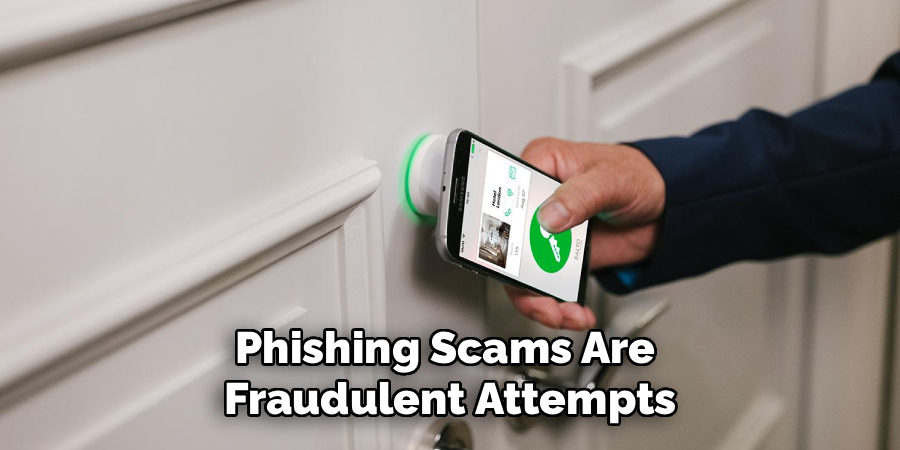
Future Digital Key Advancements
Future advancements in digital key technology are poised to revolutionize convenience and security further. Integration with biometric authentication, such as fingerprint recognition or facial scanning, is expected to enhance security by ensuring only authorized users can access vehicles or smart devices. Additionally, the rise of blockchain technology may provide a more decentralized and tamper-proof system for managing digital keys, reducing the risk of cyberattacks. Compatibility across various platforms and devices is another anticipated development, enabling users to seamlessly access their locks using connected devices like smartphones, smartwatches, or even voice-activated assistants. These innovations aim to combine cutting-edge security with seamless user experiences, paving the way for a more connected and secure digital future.
Frequently Asked Questions (FAQs)
What Happens If My Phone Battery Dies?
This is a common concern, and manufacturers have developed solutions. Many digital key systems use Near Field Communication (NFC) or low-energy Bluetooth, which can often function for a period even after your phone’s battery is too low to power the screen. Some cars and locks also provide a backup method, such as an NFC key card or a physical key, for such situations. It’s important to know your system’s specific backup plan.
Is a Digital Key Safer Than a Physical Key?
A digital key can be safer than a physical key in several ways. If you lose a physical key, anyone who finds it has access. If you lose your phone, you can remotely revoke the digital key’s access immediately, rendering it useless. Furthermore, digital keys are protected by layers of security like passwords, biometrics, and data encryption, which a traditional key lacks. However, this security depends entirely on the user’s safety practices.
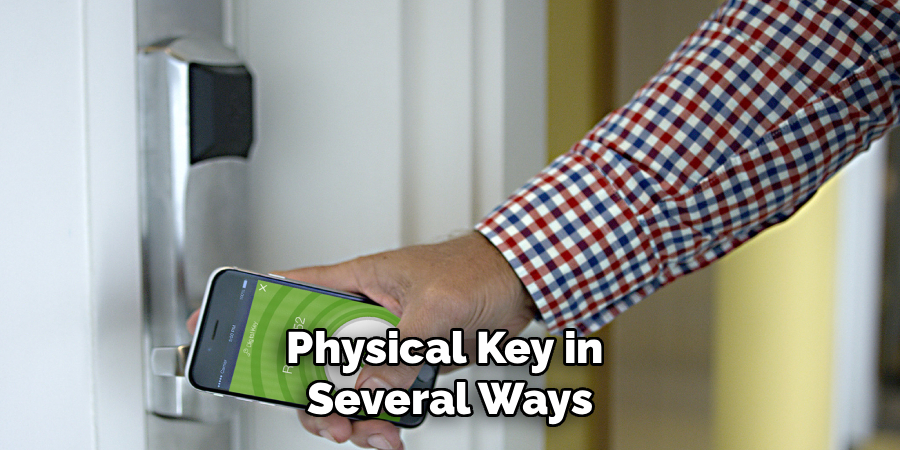
Can My Digital Key Be Hacked?
While no technology is 100% hack-proof, reputable digital key systems use strong data encryption and security protocols to make hacking extremely difficult. The most likely point of failure is not the technology itself but human error. Things like using weak passwords, falling for phishing scams, or failing to secure your smartphone are the most common ways a digital key’s security can be compromised.
Can I Use My Smartwatch as a Digital Key?
Yes, many digital key systems are compatible with popular smartwatches. This offers an extra layer of convenience, allowing you to unlock doors without even taking out your phone. The same security principles apply: ensure your smartwatch is protected with a passcode and be mindful of the security of the device it’s paired with.
What Is the Difference Between NFC and Bluetooth Digital Keys?
- NFC (Near Field Communication): This requires you to tap your phone very close to the lock or car door handle. It’s very secure because of the short range and is often used as a low-power backup.
- Bluetooth: This allows you to unlock from a greater distance (e.g., as you approach your car). It offers more convenience but requires careful management to ensure it doesn’t unlock unintentionally. Many systems use a combination of both technologies.
Conclusion
Knowing how to use a digital key safely is the most important part of embracing this convenient and innovative technology. While the idea of a hack or a compromised phone can seem daunting, the reality is that a well-managed digital key can be far more secure than its traditional metal counterpart. By taking a proactive and informed approach to your mobile security, you can mitigate the risks and enjoy the full benefits of a keyless life.
The future is keyless, and by adopting these smart habits today, you are preparing yourself for a more secure and convenient tomorrow. Take the time to implement these practices, and you can use your digital keys with the confidence and peace of mind you deserve.

